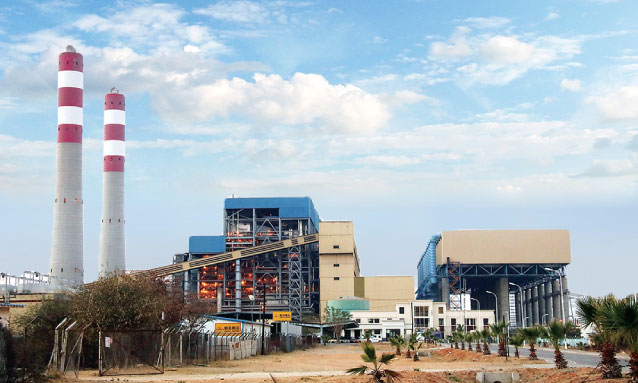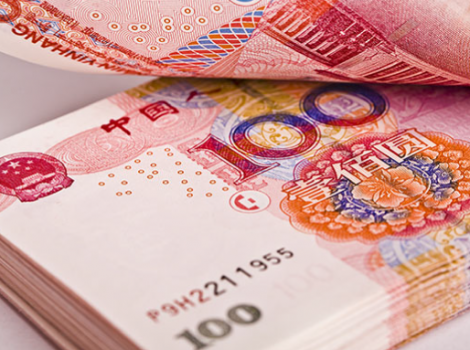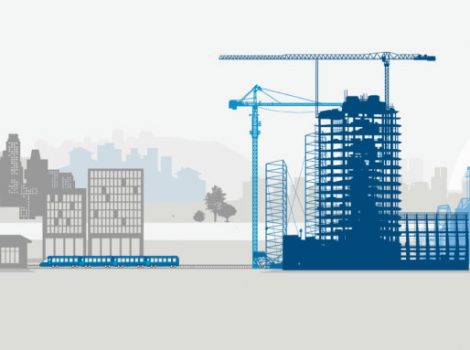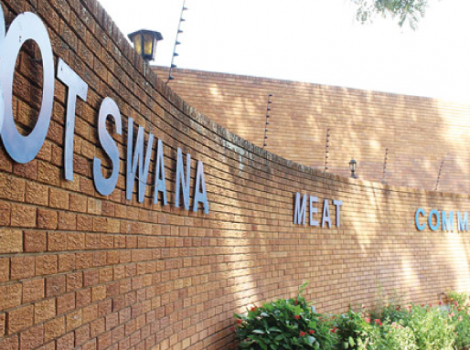
The amount of electricity produced in the country continued to decline in the second quarter of the year, with the state power utility, Botswana Power Corporation (BPC) relying on over 50% of the supply from outside to augment the inefficient local power plants that operate below capacity and have proven to be unreliable.
Between April and June BPC generated’s locally generated power stood at 399,903 MW, down 17% from the first quarter of the year. The domestic electricity generation was also 0.9% lower than at the same point last year, according to Statistics Botswana’s latest report on electricity generation and distribution for the second quarter.
BPC’s owned power plants, the 600 MW Morupule B and the 132 MW Morupule A, accounted for the largest share of the electricity generated at 52.7 and 44.9%. Matshelagabedi and Orapa emergency power plants contributed the remaining 1.3 and 1.1% respectively. The two Morupule power plants are reportedly operating under capacity, with Morupule A’s availability rate estimated at 70% while Morupule B’s at 31%. The nation’s mega power plant, Morupule B is currently undergoing a remediation process at the contractor’s expense. The coal-powered plant was commissioned in 2012, eating up nearly P10 billion just over $866 billion), but has never been fully functional, with only half of the four units functioning most at a time.
The BPC has had to address the local power production shortage through imports which have now ballooned in size and cost. With Botswana’s average maximum demand of power at 610 MW and a peak demand of 702 MW, BPC imported 453,733 MW of power in the second quarter, representing 53.2% of the total electricity distributed between April and June, which was 853,636 MWH, down by 15.6% from the first quarter.
For the first time in a long time, Nampower was the main source of imported electricity at 42.6% of the total electricity imports. Eskom, usually Botswana’s main supplier, provided BPC with 32.3% while 20.7% and 4.4% were sourced from the Southern African Power Pool (SAPP) and Cross-border markets.
In the first quarter of the year, Botswana imported 529, 352 MW of power, representing 52.3% of the total amount of electricity distributed during the period. Eskom was the main source of imported electricity at 55.9% of total electricity imports. Like BPC, Eskom has also come under pressure from its faulty and old power plants and has warned its trading partners of reduced power supply going forward.
Botswana had managed to cut the volume of imported electricity in the last decade, with annual imports dropping from 3,088,080 MW in 2010 and levels of imported electricity falling to 1,527,697 MW in 2015. Since then, the volume of imported electricity has steadily increased, with BPC importing 1,746,238 MW in 2019, and is likely to end this year with a greater figure. Just in the first six months of 2020, BPC has already imported 983,084 MW.
The total cost of imported power in the prior year was P861 million, a growing figure that has put the struggling BPC under pressure to raise electricity tariffs, upsetting consumers, who decry the high costs of electricity. The power utility increased electricity costs by 22% in April and has already made plans for further increments in 2021, which have to be approved by the Botswana Energy Regulatory Authority (BERA).
In pushing for the hike, BPC says its weakened financial position can be traced to the non-cost reflective charges, with other operational losses exacerbated by the defective Morupule B power station, which has led to the high cost of imported electricity. BPC has proposed to BERA a 5% tariff increase in 2021, then another 4% hike in 2022, followed by another 4% increment in 2023. The power supplier says it requires a healthy liquidity position to undertake the overdue refurbishment of its transmission and distribution infrastructure.
YourBotswana view…
The questions on the average Motswana’s mind
Some questions to BPC – where are you at with the solar energy drive?? Why do you seem to drag your feet and resist solar initiatives? You were recently quoted saying any power generated from the anticipated solar initiatives would be earmarked solely for export – what’s the rationale behind this (usually countries ensure there’s adequate local supply before exporting the surplus)? While a large scale solar initiative would understandably be costly, in the long-term, could it mean far better dividends, fewer headaches for you than the status quo?
A 22% hike was well and truly beyond a joke, do you genuinely believe these hikes are fair? While you’ve reportedly said BPC rates are more favourable compared to the rest of the region, how do Botswana salaries actually stack up against the rest of the region? How does Botswana’s cost of living compare to the rest of the region? Given the level of unemployment and proportion of the population living below the breadline, could these proposed hikes risk plunging Batswana back in the dark ages, making electricity the preserve of the elite? Botswana is a tiny market compared to elsewhere, so domestic consumption has to be way less. Additionally, we joke about being Botswana being a ‘dark city’ because we have considerably less infrastructure, so the country is not exactly lit up like a Christmas tree.
Based on that, what exactly are the seemingly insurmountable issues that have haunted Morupule A and B plants for years? Besides plunging hideous amounts of money into these plants, which doesn’t appear to be solving anything, what else are you doing?
Over the years, throwing money at the plants has proven fruitless. Besides losing face at being unable to resolve the complete and utter mess at both plants, what are the merits of continuing down this route?
The questions are just endless but maybe, just maybe you could at the very least mull them over even if not to respond. Because quite frankly, I’m at a loss as to what’s going on at BPC – the mind truly boggles!
Original article: http://www.sundaystandard.info/botswana-still-imports-half-of-her-electricity-demand/



